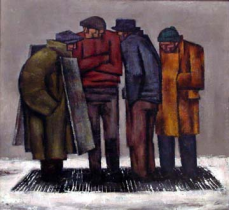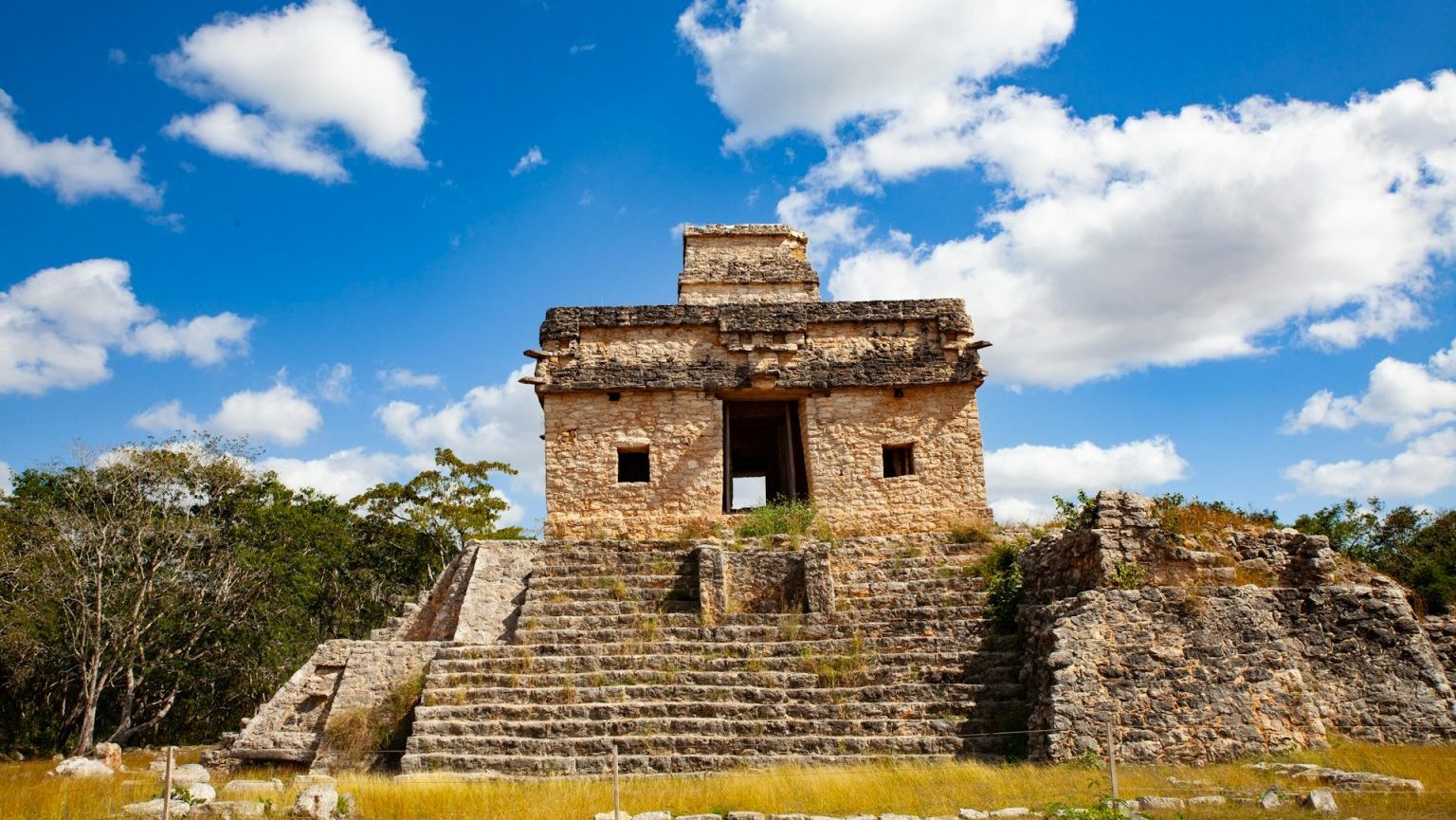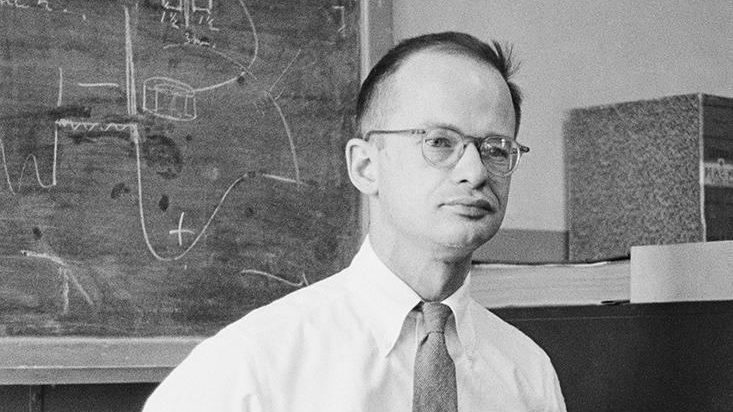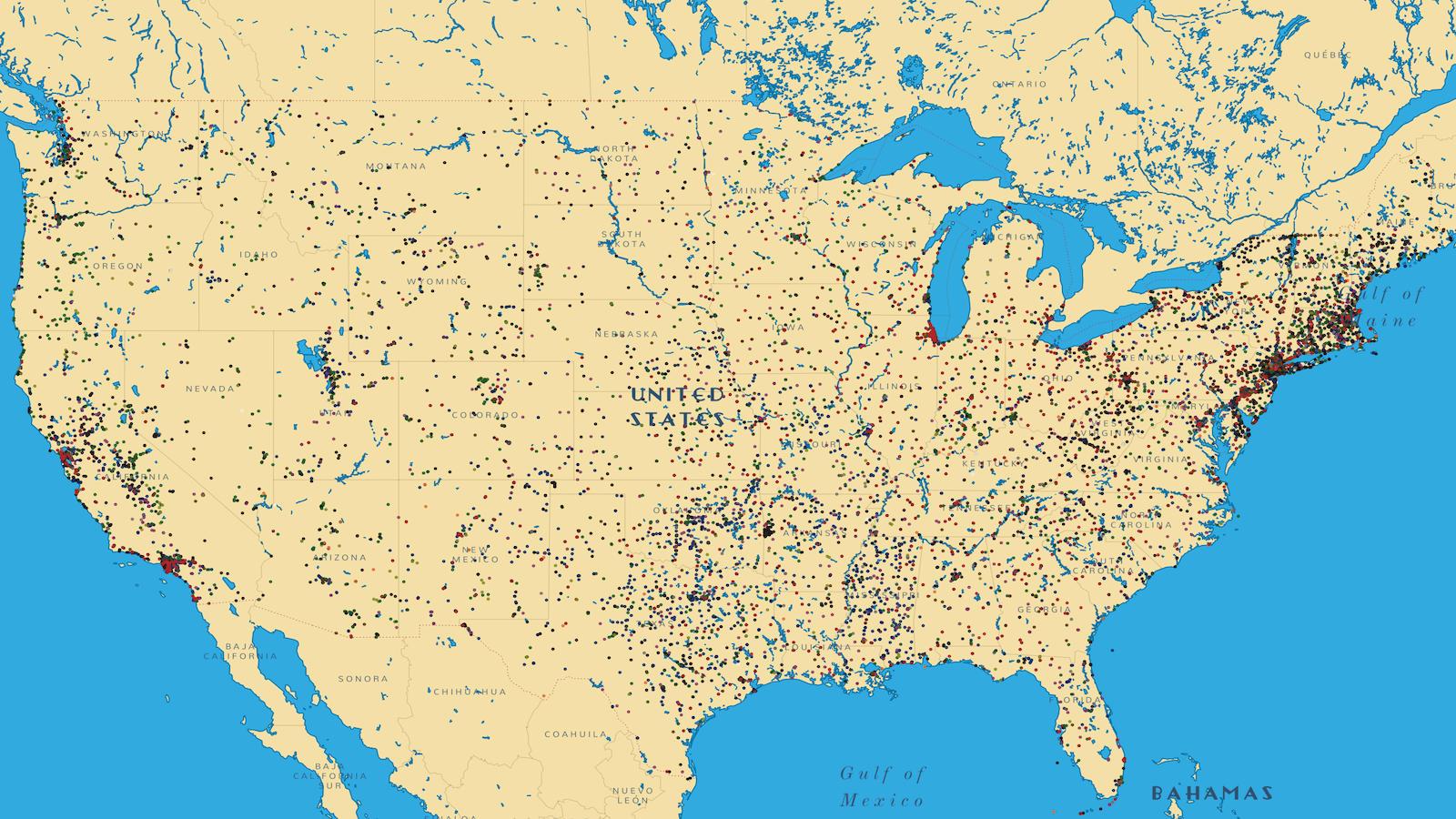The Art of the Deal

President Obama has suggested in not so many words the need for a “New Deal” for America today to, we hope, match the success of FDR’s “New Deal” of the post-Depression age. A good way of looking back at that first “New Deal” and deciding on whether a new “New Deal” is the right prescription for an ailing America might be through the government-supported arts of the 1930s. Revisiting the New Deal: Government Patronage and the Fine Arts, 1933-1943 at the Fred Jones Jr. Museum of Art, The University of Oklahoma, Norman reminds us of the vast misery of the Depression years and how art not only helped the people of that time understand, but also helped some of them survive. In these images from the past may reside the key to our future.
In the vast alphabet soup of acronyms cooked up by the “New Deal,” the WPA, or Works Progress (later Projects) Administration, counted among its ingredients four smaller programs for artists— the PWAP, or Public Works of Art Project; the Treasury Department’s Section of Fine Arts; the TRAP, or the Treasury Relief Art Project; and the FAP, or Federal Art Project. The FAP lasted from 1935 through 1943 and sponsored most of the art found in Revisiting the New Deal. Artists such as Stuart Davis, Joseph Hirsch, Jon Corbino, Louis Lozowick, and Patrociño Barela all kept body and soul together thanks to these government programs that put money behind the principle that an America without American culture is not worth saving.
Davis remains the most recognizable name from the group today. Davis celebrated at the time the “social consciousness of the artist” found in these sponsored works, in which “industrial landscapes, industrial workers or farmers, drought, picket lines and strikes, or war” are “taken as subject matter.” An abstract, mainly Cubist artist himself, Davis is the exception among this group of grittier, realist artists such as Joseph Hirsch. Hirsch’s Street Scene (pictured) shows a group of unemployed men trying to warm themselves against the brutal winter winds by standing above a steaming grate. The figure on the left wears a sandwich board, indicating that he’s found some work to do, but even he seems as misfortunate and dehumanized as the rest. Hirsch’s depiction of humanity versus the elements themselves recalls the natural disasters of the time—harsh winters, the Dust Bowl droughts, even earthquakes in Montana—that heaped fresh pain onto the manmade financial disasters.
This exhibition demonstrates the multiculturalism of the “New Deal” recipients, too. Artists of Hispanic, Jewish, Native American, and even Chinese heritage appear. Many of those artists got their first chance to hone their craft through FAP-funded workshops across the country that helped train aspiring artists, including a Santa Fe Indian School’s Studio that opened in 1932 for Native American artists. Our multicultural president can look back on this historic fact and smile, as should we all.
Sadly, the first school programs feeling the financial axe are usually the arts. We place such little value on our culture that we allow it to wither before our eyes. Revisiting the New Deal allows us to look back and recognize the need to record through the eyes of artists our history so that we today can feel what they felt in ways that statistics and government records cannot express. These artists representing different styles and ethnic backgrounds wove the tapestry of yesterday for us to look upon as we follow our own threads to tomorrow.
[Image: Joseph Hirsch (U.S., 1910-1981), Street Scene, 1938. Oil on canvas, 22 x 24 in. Fred Jones Jr. Museum of Art, The University of Oklahoma, Norman; WPA Collection, 1942.]
[Many thanks to the Fred Jones Jr. Museum of Art, The University of Oklahoma, Norman, for providing me with the image above from and press materials for Revisiting the New Deal: Government Patronage and the Fine Arts, 1933-1943, which runs through May 9, 2010.]




